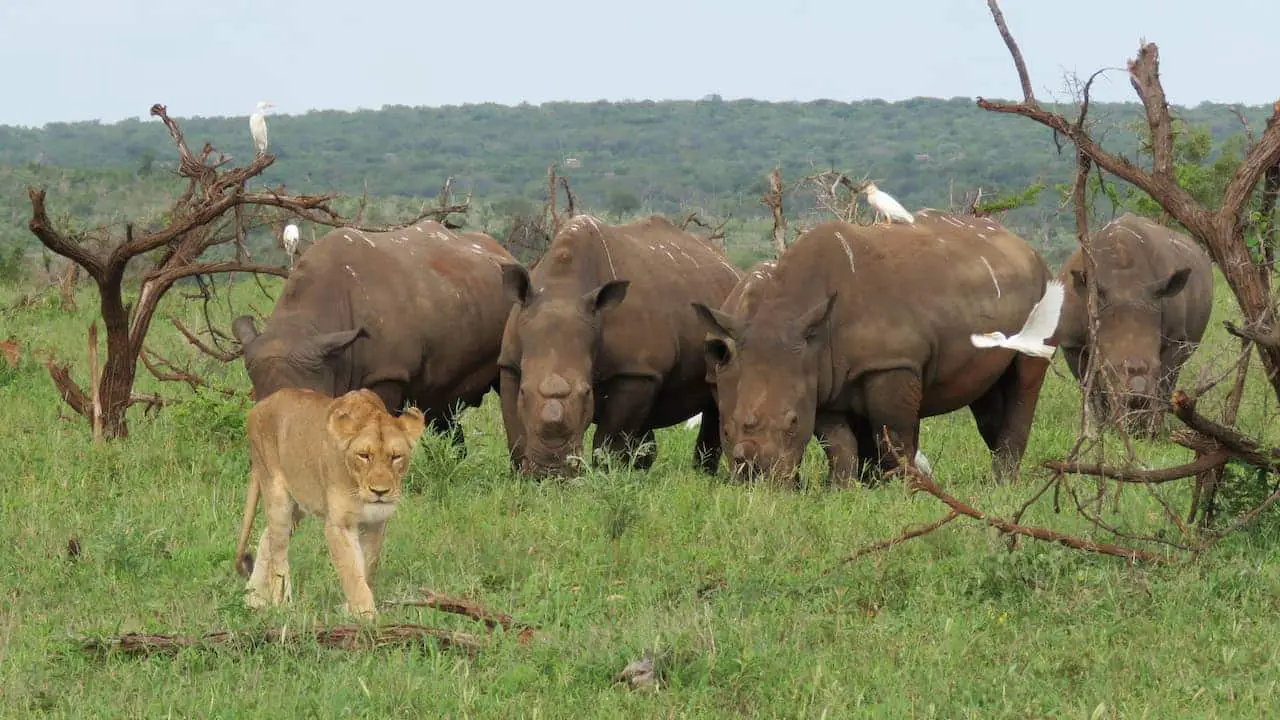Adventure Tourism from a Legal Perspective – Part 8
This series of articles explores the legal aspects associated with the risks of operating an adventure tourism business, with specific relevance to the legal framework applicable to South Africa.
(For a summary on this series see end of article).
RISK IDENTIFICATION & MANAGEMENT CHECKLIST FOR ADVENTURE SPORT OPERATORS
The issue of confidentiality goes hand in hand with customer information – it is imperative that all operators must have a detailed booking form, which must ideally be completed and signed by the pax and must include reference to and acceptance of the applicable T&C. When dealing with a group (and this is especially common when the activity entails team building), each individual participant must advise his/her age and complete the booking form – if below 18 then the guardian/parent must complete it.
Note that there must in all cases be a separate indemnity (and corresponding signage) – you may have liability related wording in the T&C but each participant must complete and sign an indemnity.
As discussed in earlier articles, all the CPA requirements regarding such an indemnity must be met, failing which enforcing it may become a problem. The comments above regarding groups and the age of participants apply here as well.
It is therefore, imperative that the Business ensures it has a ‘healthy relationship’ with the third party service provider (SP) – what does that mean and imply?
You no doubt have certain pax with whom you have established a long-standing relationship and you must ensure that it is honoured by all the SP involved in your ‘chain of supply’ – the latter aspect is now underscored by the CPA: at the option of the pax liability is shared by the entire supply chain! You don’t not want years of hard work involved in establishing the goodwill and the relationship with your pax and your brand gets destroyed in a split second by choosing the wrong SP!
How do you choose the right SP? You need to identify and address the potential risks in your relationship and the services to be provided by the SP.
The very first thing you must do (and repeat at least once per year!) is to visit the premises from where the SP provides the activities in question. You need to establish how well it is managed and how the SP itself establishes and addresses the risks inherent in the activities it provides. This pertains to such matters as staff training, equipment maintenance, indemnity forms and signs, etc. Look for ‘tell-tale’ signs.
Make sure that you arrive at the premises well armed with knowledge (knowledge is power) and a detailed checklist – do your homework by making enquiries via organizations e.g. AAXO, ASATA, FGASA, SAACI, SATSA & SITE; visit their website; visit the CIPRO website and find our what you can about their company or close corporation; speak to the industry and get testimonials.
Vehicles and equipment must be properly maintained, insured, meet with statutory requirements, and have logbooks. Do not be shy to ask for records substantiating that and ask probing questions. Have a look for yourself at, for example, the condition of horse riding equipment, quad bikes, canoes, zip line.
Look at the nature of the business, is it a partnership, close corporation or company (see above? This you will have established before your visit, so ask if they have an updated relationship agreement in place. Who are the partners, members or shareholders?
To be continued in Part 9.
Disclaimer: This article is intended to provide a brief overview of legal matters pertaining to the adventure tourism industry and is not intended as legal advice. © Adv Louis Nel, ‘Louis The Lawyer’, February 2017.
Summary: Part 1 in this series provided definitions for the term Adventure, while Part 2 looked at risk in terms of Nationality of Participant, Service Providers, Bookings, and Terms & Conditions, Part 3 covered Indemnity and Requirements of the Consumer Protection Act (CPA), Part 4 covered risk and signage, Part 5 dealt with Duty of Care in relation to Negligence, Omission, and Relationship, and Part 6 concluded Duty of Care with Acceptance of Risk and Insurance. Part 7 started the checklist for Risk Identification & Management.





